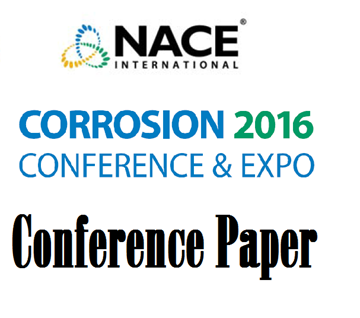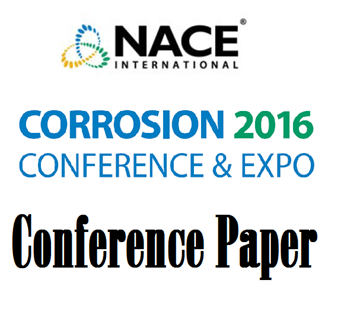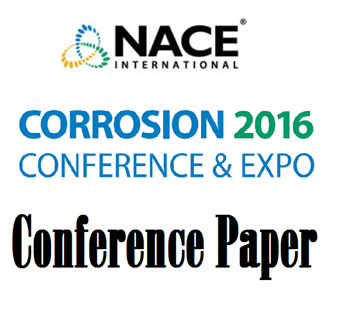Search
51316-7331-Corrosion Resistance of Cast Nickel Base Superalloys in Environments Relevant to Gas-Turbines Operating on Sulfur Rich Fuels
Also Purchased
51316-7328-Comparing Environmental Resistance of UNS R55400 Tubulars to Other Oilfield Titanium Alloys
Product Number:
51316-7328-SG
ISBN:
7328 2016 CP
Publication Date:
2016
$20.00
51316-7326-Estimation of Critical Localized Corrosion Potentials of Duplex SS with Galvele's Model
Product Number:
51316-7326-SG
ISBN:
7326 2016 CP
Publication Date:
2016
$20.00
51316-7355-UNS N09955 Corrosion Cracking Resistance
Product Number:
51316-7355-SG
ISBN:
7355 2016 CP
Publication Date:
2016
$20.00




